Home>Garden Essentials>How Often To Do Lawn Care


Garden Essentials
How Often To Do Lawn Care
Modified: September 2, 2024
Looking for lawn care tips? Find out how often you should do garden maintenance to keep your yard looking its best. Expert advice on garden care.
(Many of the links in this article redirect to a specific reviewed product. Your purchase of these products through affiliate links helps to generate commission for Storables.com, at no extra cost. Learn more)
Introduction
Having a well-maintained lawn does more than just enhance the curb appeal of your home; it also creates a welcoming space for outdoor activities and relaxation. However, achieving and maintaining a pristine lawn requires regular care and attention. One common question that arises when it comes to lawn care is how often different tasks should be performed. In this article, we will explore the recommended frequencies for various lawn care chores.
It’s important to note that the ideal lawn care schedule may vary depending on factors such as climate, grass type, soil conditions, and personal preferences. Consider these recommendations as general guidelines that can be adjusted to suit your specific circumstances.
By understanding how often to perform essential lawn care tasks, you can create a routine that keeps your grass healthy, vibrant, and resilient throughout the year. Let’s delve into the different factors you should consider when establishing a lawn care schedule.
Key Takeaways:
- Regular mowing, deep watering, and timely weed control are key to a healthy lawn. Adjust care frequency based on grass type, climate, and soil conditions for optimal results.
- Aeration and overseeding improve soil health and grass density. Integrated pest management and proper fertilizing contribute to a vibrant, resilient lawn.
Read more: How Often Do Lawns Need To Be Mowed
Importance of Lawn Care
Lawn care is not just about keeping your yard looking neat and tidy; it is an essential aspect of maintaining a healthy and thriving outdoor space. Here are a few reasons why lawn care is so important:
- Enhances curb appeal: A well-maintained lawn significantly enhances the overall appearance of your home. A lush and green lawn creates a positive first impression for visitors and potential buyers.
- Increases property value: Proper lawn care can add value to your property. A healthy and beautiful lawn is a sought-after feature for many homeowners, and it can increase the resale value of your home.
- Creates a safe and enjoyable outdoor space: A well-kept lawn provides a safe and pleasant space for outdoor activities such as playing, picnicking, or simply relaxing. It is a space where families can bond and make lasting memories.
- Improves air quality: Lawns act as natural air filters, trapping dust, pollen, and other pollutants, thereby improving the air quality around your home. This is particularly beneficial for individuals who suffer from allergies or respiratory issues.
- Prevents soil erosion: A healthy lawn with proper grass coverage helps prevent soil erosion. The roots of the grass hold the soil together, preventing it from washing away during heavy rains or strong winds.
- Creates a habitat for beneficial insects and organisms: A well-maintained lawn attracts beneficial insects such as bees and butterflies, which are essential for pollination. It also provides a habitat for earthworms and other organisms that contribute to the overall health of the soil.
- Reduces heat and noise: Lawns act as natural coolants, reducing the temperature of the surrounding area. They also absorb noise, making your outdoor space more peaceful and inviting.
Overall, investing time and effort into proper lawn care not only enhances the aesthetic appeal of your property but also provides numerous environmental and health benefits. It creates a welcoming and enjoyable space for you, your family, and your guests to appreciate nature and spend quality time outdoors.
Factors to Consider
When determining how often to perform lawn care tasks, there are several factors you should consider. These factors can vary depending on your geographical location, climate, grass type, and personal preferences. Here are some key factors to keep in mind:
- Climate: Consider the climate in your region, as it plays a significant role in determining the frequency of lawn care tasks. For example, in warmer climates, grass tends to grow faster, necessitating more frequent mowing and watering.
- Grass type: Different grass species have varying growth rates, tolerances, and maintenance requirements. Cool-season grasses, such as Kentucky bluegrass and fescue, have different needs compared to warm-season grasses like Bermuda grass or Zoysia grass. It’s important to understand the specific characteristics of your grass type to determine the appropriate care intervals.
- Soil conditions: The condition of your soil affects the health and growth of your lawn. Sandy soil drains quickly and may require more frequent watering, while clay soil retains moisture longer and may need less watering. Conduct a soil test to determine its composition and make necessary adjustments to improve its fertility and drainage.
- Personal preferences: Consider your own preferences and how frequently you want to engage in lawn care tasks. Some people prefer a meticulously manicured lawn and don’t mind dedicating more time to maintenance, while others are content with a more relaxed approach. Find a balance that suits your lifestyle and desired level of lawn perfection.
- Usage: The level of usage your lawn receives also affects the care it requires. If you have children or pets who frequently play on the lawn, it may require more frequent mowing, watering, and maintenance to withstand the foot traffic and recover from wear and tear.
- Environmental considerations: It is important to consider any local water restrictions or environmental regulations in your area. Some regions may have specific guidelines on watering schedules or restrictions on the use of certain lawn care products. Familiarize yourself with these regulations to ensure you stay in compliance.
By taking these factors into account, you can develop a customized lawn care schedule that aligns with your specific requirements and helps you achieve a healthy and beautiful lawn all year round.
Frequency of Mowing
Mowing is one of the most common and essential tasks in lawn care. Regular mowing not only keeps your lawn looking tidy but also promotes healthy grass growth. The frequency of mowing depends on several factors:
- Growth rate: The growth rate of your grass will determine how often you need to mow. Cool-season grasses typically grow faster during the spring and fall, requiring more frequent mowing. Warm-season grasses have a slower growth rate and may require less frequent mowing during their peak growing season.
- Grass height: It’s generally recommended to mow your lawn when the grass reaches about one-third higher than its ideal cutting height. For example, if your grass should ideally be kept at a height of 2 inches, mow when it reaches around 3 inches. This practice ensures that you don’t remove too much of the grass blade at once, which can stress the plants.
- Weather conditions: Take into account the weather conditions when determining the frequency of mowing. In periods of rapid growth or excessive rainfall, you may need to mow more frequently to maintain the proper grass height. Conversely, during hot and dry spells, grass growth may slow down, requiring less frequent mowing.
- Invasive weeds: If your lawn becomes infested with invasive weeds, such as dandelions or crabgrass, it’s important to mow more frequently to prevent them from spreading. Regular mowing can help remove the seed heads and control the growth of these unwanted plants.
- Lawn health: A well-maintained lawn with good soil fertility and proper watering practices tends to have healthier, denser grass. Such lawns typically require more frequent mowing to keep them looking their best.
As a general guideline, mowing your lawn once a week is a good starting point for most situations. However, depending on the factors mentioned above, you may need to adjust the frequency accordingly. During periods of rapid growth, you may find it necessary to mow every five to seven days. In slower growth periods, you can extend the interval between mowing sessions to every 10 to 14 days.
Remember to follow the one-third rule when mowing and never remove more than one-third of the grass blade at a time. Additionally, always ensure that your mower blades are sharp to achieve clean cuts and avoid damaging the grass.
By following a regular mowing schedule that suits your lawn’s needs, you will promote healthy growth, maintain an attractive appearance, and create an inviting outdoor space for gatherings and relaxation.
Watering Frequency
Proper watering is crucial for maintaining a healthy lawn, as it provides the necessary moisture for grass roots to thrive. The frequency of watering will depend on a variety of factors, including:
- Grass type: Different grasses have varying water needs. Cool-season grasses may require more frequent watering compared to warm-season grasses. Determine the specific watering needs of your grass variety to establish an appropriate watering frequency.
- Climate: The weather conditions in your region play a vital role in determining watering frequency. If you live in an area with hot and dry summers, you may need to water more frequently to compensate for the lack of rainfall. On the other hand, if you reside in a region with regular rainfall, you may need to water less often.
- Soil type: The composition of your soil and its water-holding capacity will impact how often you need to water your lawn. Sandy soils drain more quickly and may require more frequent watering, while clay soils retain moisture for longer periods, reducing the need for frequent watering.
- Time of year: Adjust your watering frequency based on the time of year. During cooler seasons, grass typically requires less frequent watering, while hotter months may necessitate more regular irrigation to combat heat stress.
- Establishment phase: New lawns or recently seeded areas require more frequent watering during the establishment phase to promote root growth. Monitor the moisture levels and water as needed to ensure consistent germination and growth.
A good rule of thumb is to aim for deep, infrequent watering rather than frequent shallow watering. This encourages the grass roots to grow deeper into the soil, making them more resilient and less dependent on frequent irrigation.
Measure the amount of water your lawn receives during each watering session by placing a rain gauge or an empty can on the lawn while sprinklers are running. Aim to provide around 1 to 1.5 inches of water each week, either from rainfall or irrigation. This can be achieved through a combination of longer, less frequent watering sessions or multiple shorter sessions spread out during the week.
Consider watering early in the morning to reduce evaporation and allow the grass foliage to dry before evening, which can help prevent the growth of fungal diseases. Avoid watering during hot, sunny periods to minimize water loss due to evaporation.
Regularly monitor the moisture levels in your lawn by checking the soil’s depth with a screwdriver or a soil moisture meter. If the soil feels dry or the grass shows signs of stress (such as a dull grayish color or blades that do not bounce back when stepped on), it’s time to water.
By understanding your lawn’s specific water requirements and adjusting the watering frequency accordingly, you can maintain a beautiful, healthy lawn that thrives throughout the year.
Mow your lawn every 1-2 weeks during the growing season to keep it healthy and looking its best. Adjust frequency based on weather and growth rate.
Fertilizing Schedule
Fertilizing is an important aspect of lawn care that helps provide essential nutrients to keep your grass healthy and vibrant. Establishing a proper fertilizing schedule is crucial for maintaining the optimal growth and overall health of your lawn. Here are some factors to consider when determining the frequency of fertilizing:
- Grass type: Different types of grass have varying fertilizer requirements. Warm-season grasses usually benefit from a feeding schedule that includes fertilizing in the late spring and summer, while cool-season grasses may require additional fertilization in the fall. Consult a local expert or do some research to identify the specific fertilizer needs of your grass type.
- Soil condition: Conducting a soil test is a valuable step in determining the fertility of your soil and any nutrient deficiencies that need to be addressed. Soil tests will provide recommendations on the appropriate fertilizers and their application rates. Generally, lawns with nutrient-poor soils may require more frequent fertilizing to ensure proper nutrition for the grass.
- Climate: Consider the climate and growing conditions in your area. Fertilizing schedules may be adjusted based on factors such as rainfall, temperature, and seasonal variations. In areas with longer growing seasons, more frequent fertilization may be necessary.
- Lawn age and health: Newer lawns or those that have undergone significant stress, such as drought or disease, may benefit from more frequent fertilization to aid in recovery and promote new growth. Well-established and healthy lawns may require fewer applications but may still benefit from yearly fertilization to maintain their vigor.
- Slow-release or organic fertilizers: Slow-release or organic fertilizers provide a gradual and sustained release of nutrients over a longer period. This allows for less frequent applications compared to fast-release synthetic fertilizers. Consider using these types of fertilizers to reduce the frequency of application while still providing your lawn with the necessary nutrients.
As a general guideline, established lawns typically require fertilization two to four times a year. It’s commonly recommended to fertilize in the early spring when the grass begins to actively grow, again in late spring or early summer, and once more in the fall. However, adjust the schedule based on the specific needs of your grass and soil conditions.
When applying fertilizers, always follow the manufacturer’s instructions regarding application rates and techniques. Avoid applying fertilizers during periods of drought or when heavy rainfall is expected to prevent nutrient runoff. Water your lawn after fertilizing to ensure that the nutrients reach the soil and are absorbed by the grass roots.
Regularly monitoring the health and appearance of your lawn will also help determine if additional or fewer fertilization applications are needed. By providing your lawn with the right nutrients at the appropriate times, you can promote strong root development, lush growth, and a beautiful, resilient lawn.
Timing for Weed Control
Weeds can quickly invade and take over a once healthy lawn, affecting its overall appearance and health. Timely weed control is essential to prevent weeds from competing with your grass for nutrients, water, and sunlight. Here are some considerations for determining the timing of weed control:
- Weed growth stage: It’s important to understand the growth stages of common weeds in your area to effectively control them. Some weeds, like dandelions and crabgrass, are best targeted in their early stages of growth, while others may require different approaches. Regularly inspect your lawn for weed emergence to catch them before they have a chance to establish and spread.
- Pre-emergent herbicides: Pre-emergent herbicides are commonly used to prevent weed seeds from germinating. Timing is crucial when applying these herbicides, as they should be applied prior to weed seed germination. Typically, pre-emergent herbicides should be applied in early spring before soil temperatures reach a certain threshold, depending on the type of weed you are targeting. Check with local experts or lawn care professionals to determine the appropriate timing for pre-emergent herbicide applications in your area.
- Post-emergent herbicides: Post-emergent herbicides are designed to target and kill existing weeds. The best timing for applying post-emergent herbicides is when the weeds are actively growing and in their vulnerable stages. For optimal results, apply post-emergent herbicides when weeds are young, before they have a chance to produce seeds or spread further. Be cautious when using herbicides and follow label instructions carefully to avoid damage to your grass.
- Weather conditions: Consider the weather conditions when planning weed control activities. Applying herbicides during periods of high heat or drought stress may cause damage to your grass. Similarly, avoiding application during strong winds can prevent herbicide drift and unintended damage to desirable plants or neighboring lawns. Opt for calm and mild weather conditions to ensure effective and safe application.
- Consistent monitoring: Regularly inspect your lawn for weed development throughout the year. Catching weeds in their early stages allows for easier and more effective control. Maintain good lawn health practices, such as proper mowing, watering, and fertilizing, to keep your lawn dense and competitive, minimizing opportunities for weeds to invade.
Remember, prevention is key when it comes to weed control. Maintaining a healthy and well-maintained lawn through proper cultural practices, such as mowing at the appropriate height, maintaining adequate soil fertility, and watering correctly, can often prevent weed problems before they arise.
If you are unsure about the timing and methods for weed control, consult with a lawn care professional or local experts who can provide specific recommendations based on your region and the type of weeds you are dealing with. With timely and effective weed control efforts, you can maintain a weed-free lawn and ensure the continued health and beauty of your outdoor space.
Aeration and Overseeding
Aeration and overseeding are two essential practices that promote a healthy and lush lawn by improving soil and grass density. These techniques help to address common issues such as compacted soil, thinning grass, and bare patches. Here’s what you need to know about aeration and overseeding:
- Aeration: Over time, soil can become compacted due to factors like heavy foot traffic, lawn equipment, or clay soil composition. Compacted soil restricts the movement of air, water, and nutrients to the grass roots, hindering their growth. Aeration is the process of creating small holes in the soil, allowing for better airflow, water infiltration, and nutrient absorption. This helps to alleviate compaction and promote healthier root development.
- Timing for aeration: The best time to aerate your lawn depends on the type of grass you have. Cool-season grasses, such as Kentucky bluegrass and fescue, are typically aerated in the early fall or spring when they are actively growing. Warm-season grasses, like Bermuda grass or Zoysia grass, are usually aerated during late spring or early summer. Aim to aerate when the soil is moist but not excessively wet to achieve the best results.
- Overseeding: Overseeding involves spreading grass seed over existing turf, filling in thin areas, and promoting thicker grass growth. This helps to improve the overall density and health of the lawn. It’s particularly beneficial for lawns with areas of bare patches, thinning grass, or those that are recovering from damage caused by pests, diseases, or extreme weather conditions.
- Timing for overseeding: The best time to overseed is typically in the early fall for cool-season grasses or late spring for warm-season grasses. The timing allows the seeds to establish and grow before extreme temperatures or dormant periods. Before overseeding, prepare the lawn by mowing it slightly shorter than usual and remove any debris or thatch that may hinder seed-to-soil contact.
- Post-treatment care: After aeration and overseeding, it’s important to provide proper care for the newly planted seeds. Keep the soil consistently moist by watering lightly multiple times a day to prevent the seeds from drying out. Avoid heavy traffic and maintain regular watering until the new grass has established. Adjust your normal mowing height to avoid damaging the young seedlings.
Aeration and overseeding are best performed as part of a well-planned lawn care regimen. By incorporating these practices into your routine, you can improve the overall health, density, and resilience of your lawn. It’s also an excellent opportunity to introduce more desirable grass varieties or cultivars that are better adapted to your specific growing conditions.
If you are unsure about the proper techniques or timing for aeration and overseeding, consult with a lawn care professional who can provide guidance tailored to your lawn’s specific needs. With proper aeration and overseeding practices, you can revitalize your lawn and enjoy a vibrant and beautiful outdoor space.
Dealing with Pests
Pests can wreak havoc on your lawn, causing damage to grass, plants, and even the soil. Proper identification and timely intervention are key to effectively managing pest problems. Here are some strategies to help you deal with common lawn pests:
- Identify the pests: First and foremost, it’s important to accurately identify the pests that are causing damage to your lawn. Different pests require different treatments, so correctly identifying the culprit is essential. Look for visual clues, such as chewed grass blades, tunnels, or burrows, and consult with local experts or extension services if you’re unsure.
- Cultural practices: Implementing good cultural practices can help prevent pest issues. Regularly mowing at the appropriate height, maintaining proper watering practices, and ensuring adequate soil fertility promote a healthy lawn that is more resilient to pest infestations.
- Integrated Pest Management (IPM): Adopt an Integrated Pest Management approach, which involves a combination of preventive measures, cultural practices, biological controls, and as a last resort, chemical treatments. IPM focuses on long-term pest management strategies that prioritize minimizing environmental impact.
- Biological controls: Beneficial insects, nematodes, and other organisms can act as natural predators of pests, keeping their populations in check. Introduce or enhance the presence of these beneficial organisms in your lawn through biological controls. Ladybugs, lacewings, and parasitic wasps are examples of beneficial insects that help control aphids and other pests.
- Chemical treatments: If pest populations pose a significant threat to your lawn and other pest management strategies have been ineffective, chemical treatments may be necessary. However, always exercise caution when using pesticides and carefully follow the instructions provided on the product label. Consider spot treatments instead of blanket applications to minimize environmental impact.
- Specific pest control: Different pests require different approaches for effective control. For example, for grubs, which are a common lawn pest, apply a targeted insecticide when they are in their most vulnerable stage, usually in late summer or early fall. For fungal diseases, follow proper cultural practices (aeration, proper watering, etc.) and use fungicides if necessary.
Regular monitoring of your lawn is crucial for catching pest infestations early. Keep an eye out for signs of pest activity, such as chewed grass, discolored patches, or wilting plants. Addressing pest problems early on can prevent significant damage and reduce the need for more drastic measures down the line.
If you’re unsure about the appropriate pest control methods or need assistance in identifying pests, consult with a professional lawn care service or extension office. They can provide expert guidance and recommend the most suitable approaches for your specific pest issues.
By taking proactive measures and utilizing integrated pest management strategies, you can effectively manage and control pests, ensuring a healthy and thriving lawn.
Read more: How Often Should Lawns Be Watered
Conclusion
Maintaining a beautiful and healthy lawn requires regular care and attention. By understanding how often to perform various lawn care tasks, you can establish a routine that promotes optimal growth, appearance, and resilience. Consider the following key takeaways:
First and foremost, recognize the importance of lawn care. A well-maintained lawn enhances the curb appeal of your home, increases property value, and provides a safe and enjoyable outdoor space. It also contributes to improved air quality, prevents soil erosion, and supports beneficial insects and organisms.
When determining the frequency of mowing, consider factors such as grass growth rate, height, weather conditions, and the overall health of the lawn. Aim to follow the one-third rule and regularly sharpen your mower blades for clean cuts.
Watering frequency should be adjusted based on grass type, climate, soil conditions, time of year, and lawn usage. Aim for deep, infrequent watering to encourage strong root development.
Fertilizing should be done two to four times per year, considering factors such as grass type, soil condition, climate, lawn age, and health. Utilize slow-release or organic fertilizers for sustained nutrient supply.
Weed control timing depends on weed growth stage, pre-emergent and post-emergent herbicide application, weather conditions, and consistent monitoring for weed emergence. Prevention is key, and maintaining a healthy lawn helps minimize weed problems.
Aeration and overseeding should be done to alleviate soil compaction and improve grass density. Timing depends on grass type and should be performed in moist soil conditions. Follow post-treatment care guidelines to ensure successful establishment.
When dealing with pests, accurately identify the pest and consider cultural practices, integrated pest management strategies, biological controls, and as a last resort, chemical treatments. Monitoring your lawn regularly allows for early intervention and minimizes potential damage.
In conclusion, by implementing a regular lawn care routine tailored to your specific lawn’s needs, you can achieve and maintain a vibrant, healthy, and inviting outdoor space. Consult with local experts or lawn care professionals for additional guidance and ensure compliance with any local regulations. With proper care and attention, your lawn will be a source of pride and enjoyment for years to come.
Frequently Asked Questions about How Often To Do Lawn Care
Was this page helpful?
At Storables.com, we guarantee accurate and reliable information. Our content, validated by Expert Board Contributors, is crafted following stringent Editorial Policies. We're committed to providing you with well-researched, expert-backed insights for all your informational needs.
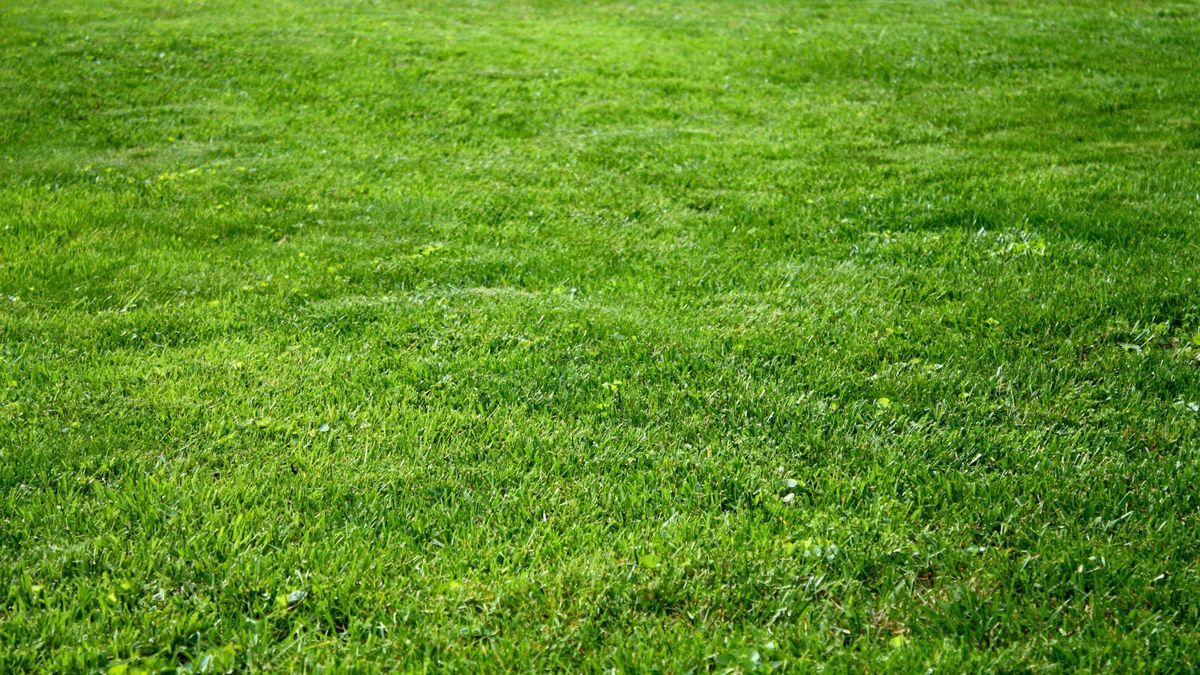
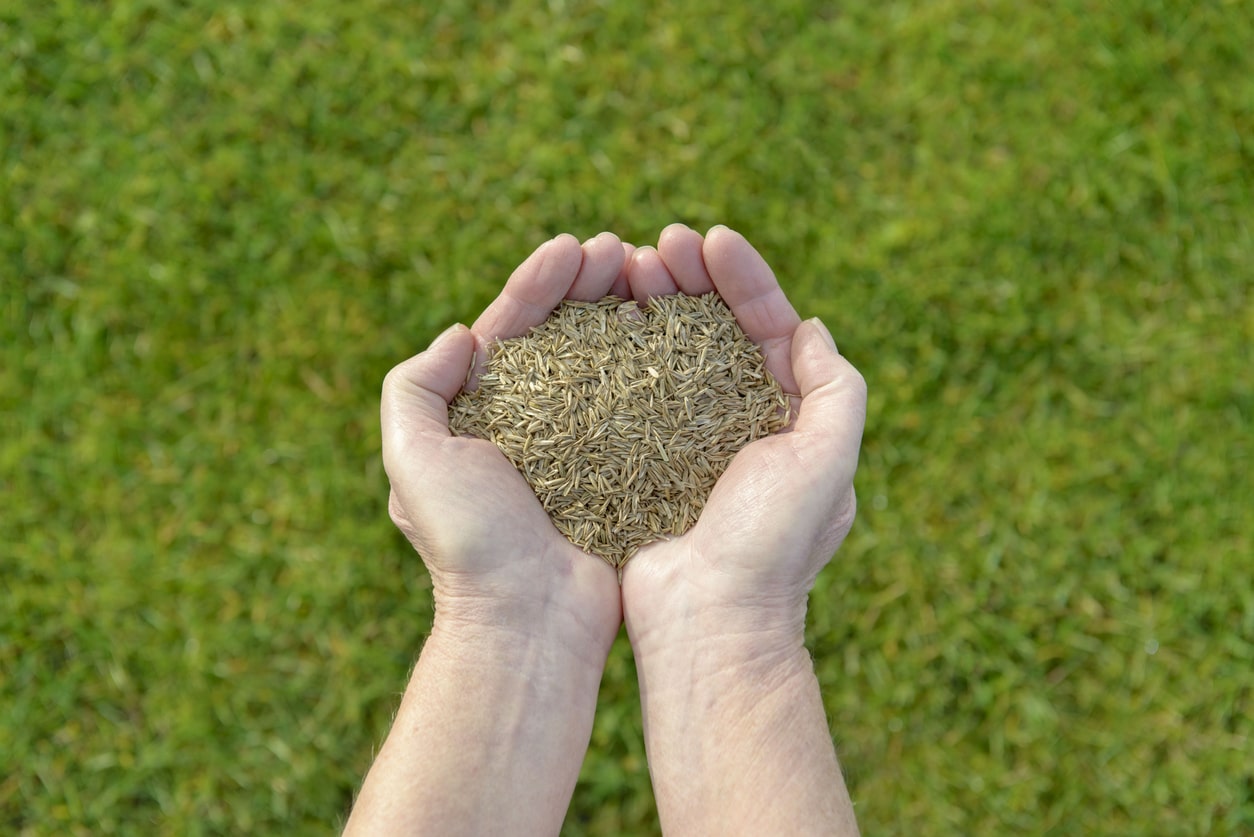
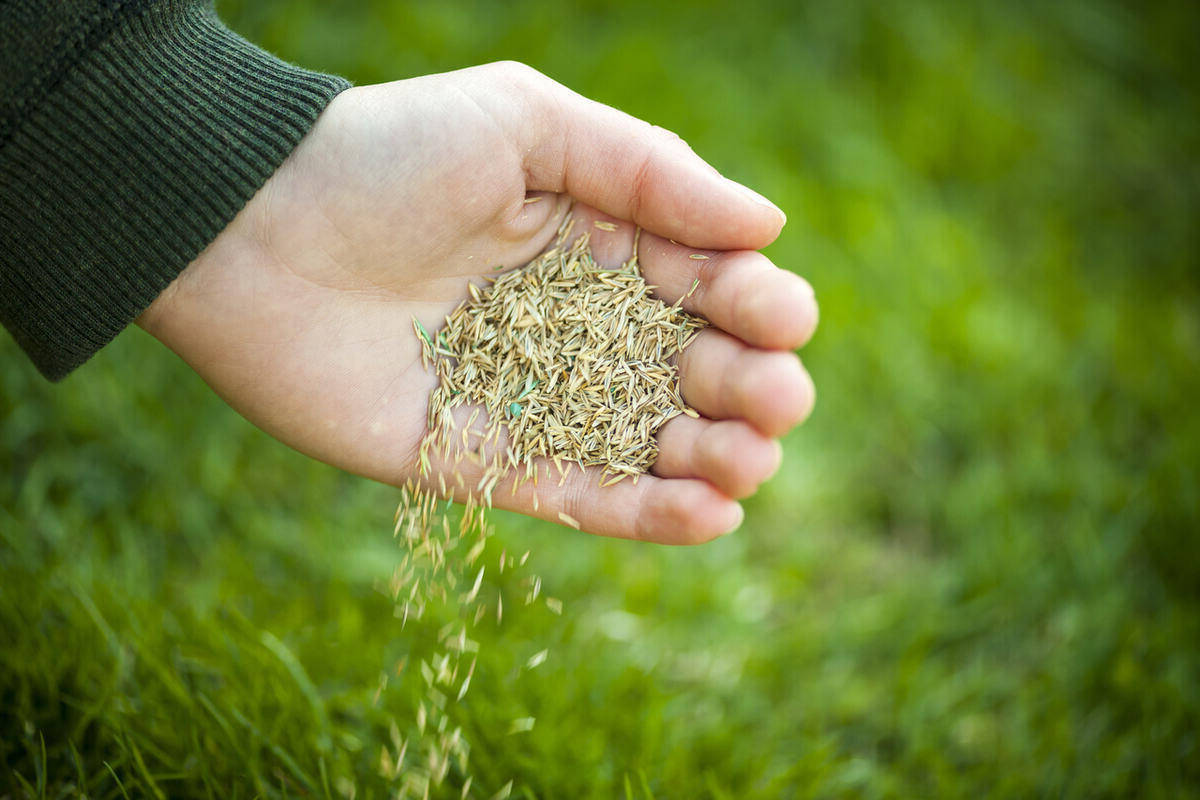
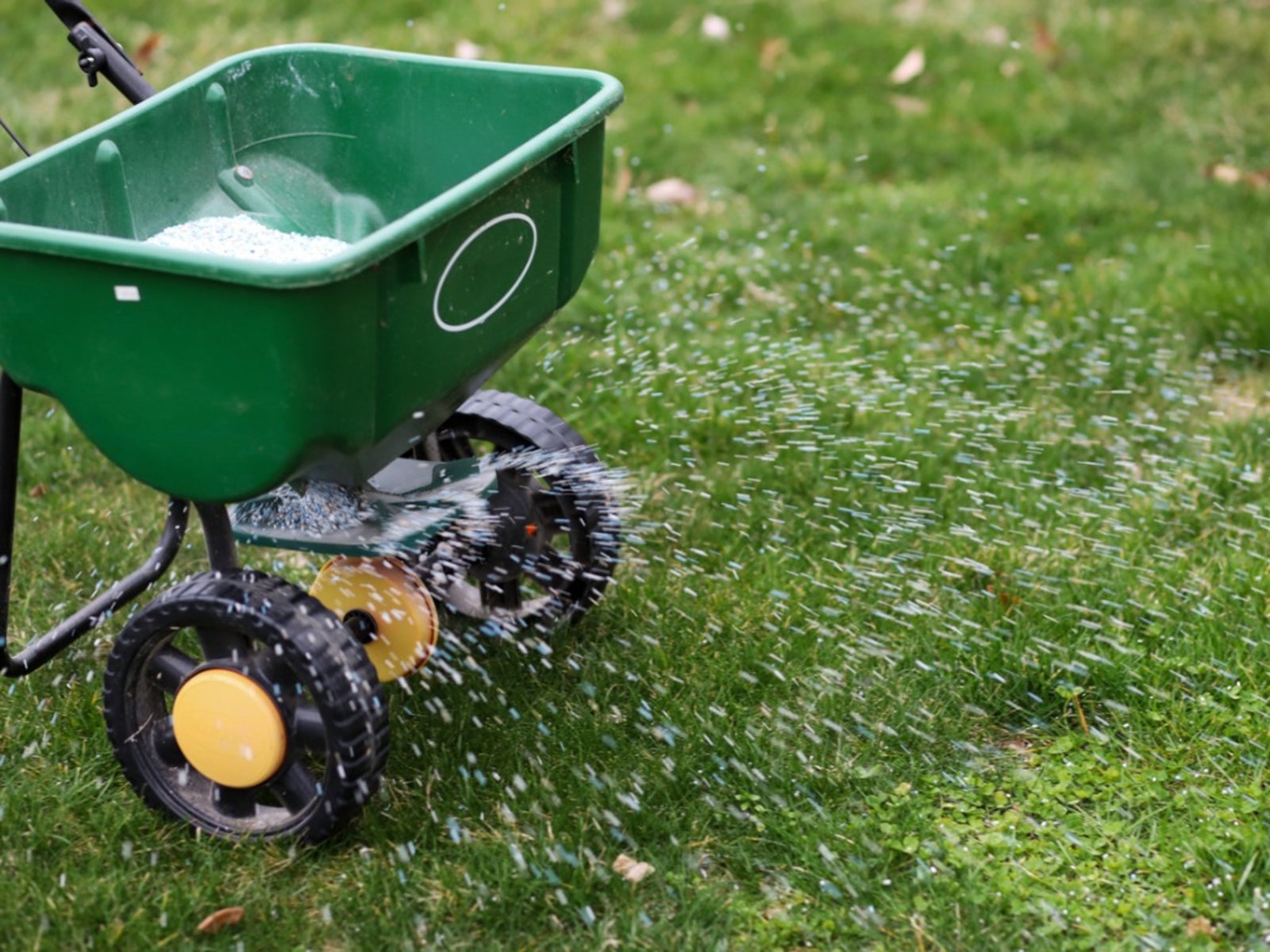
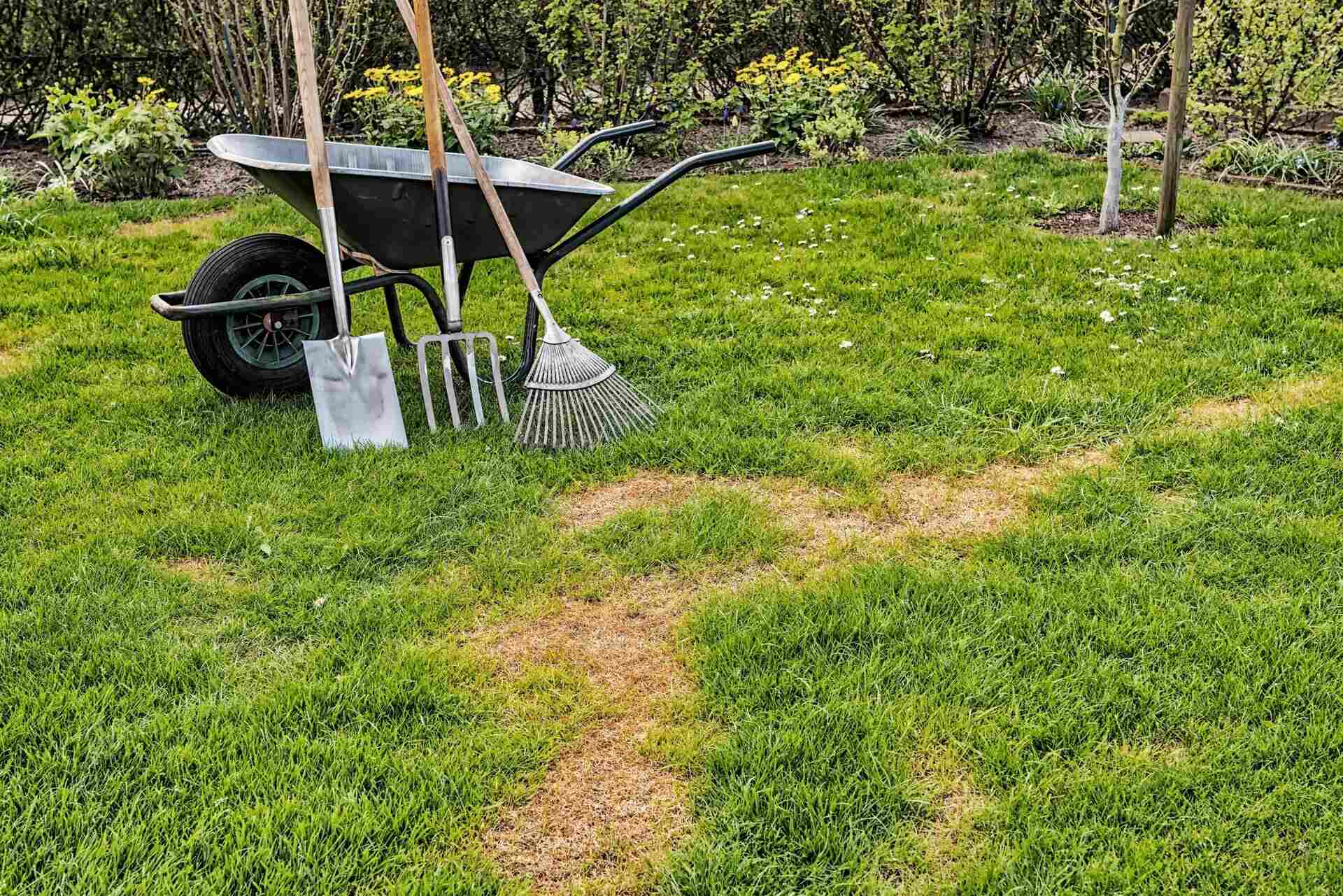
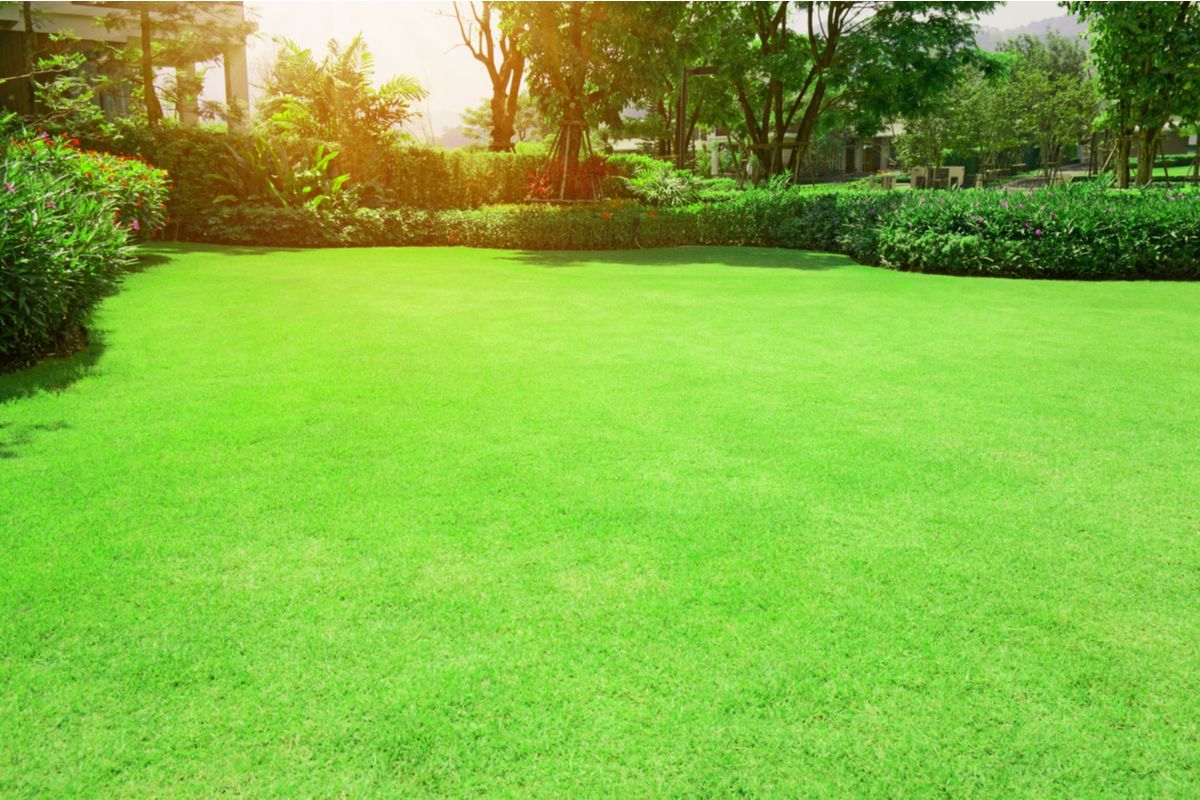
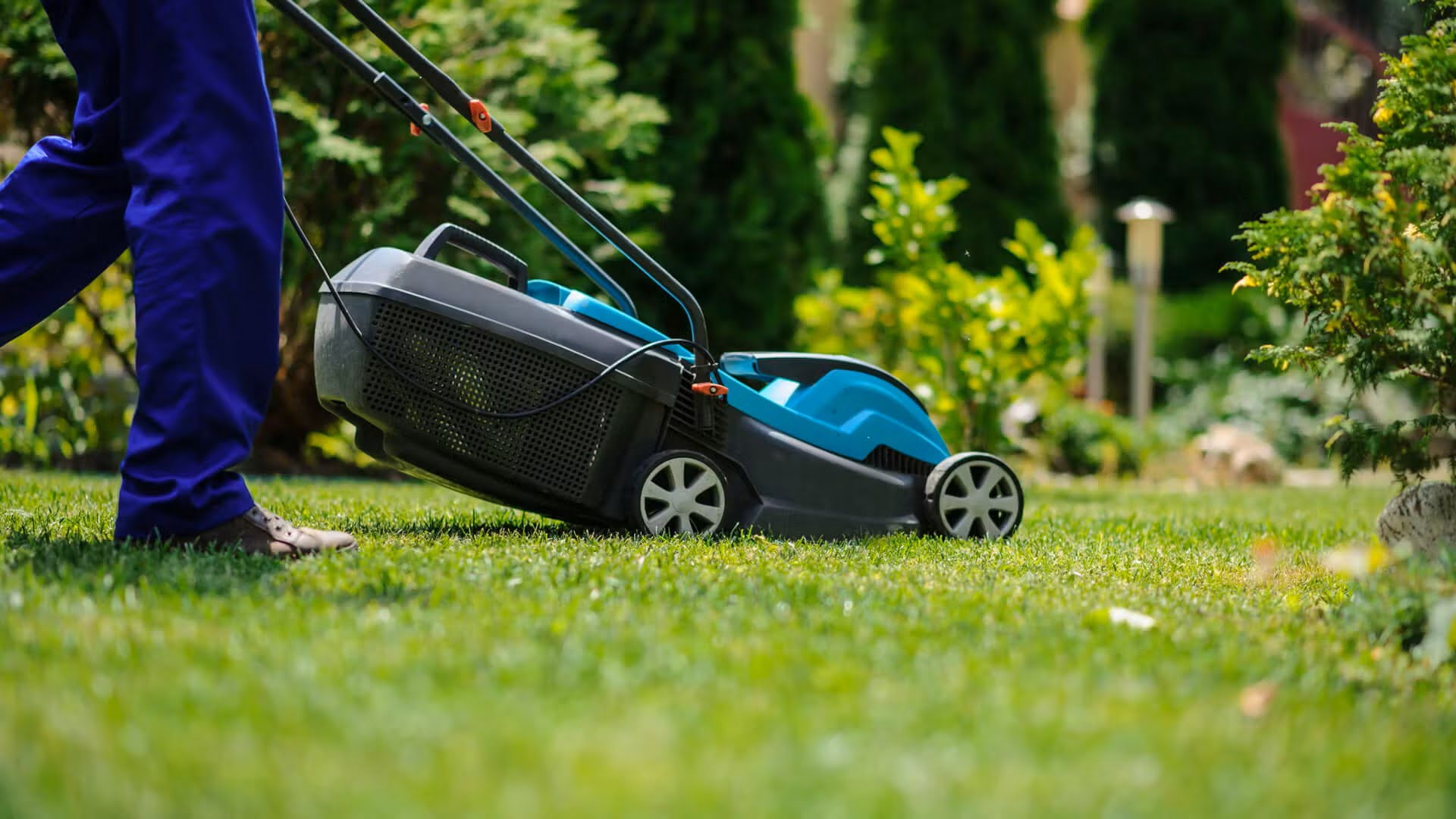

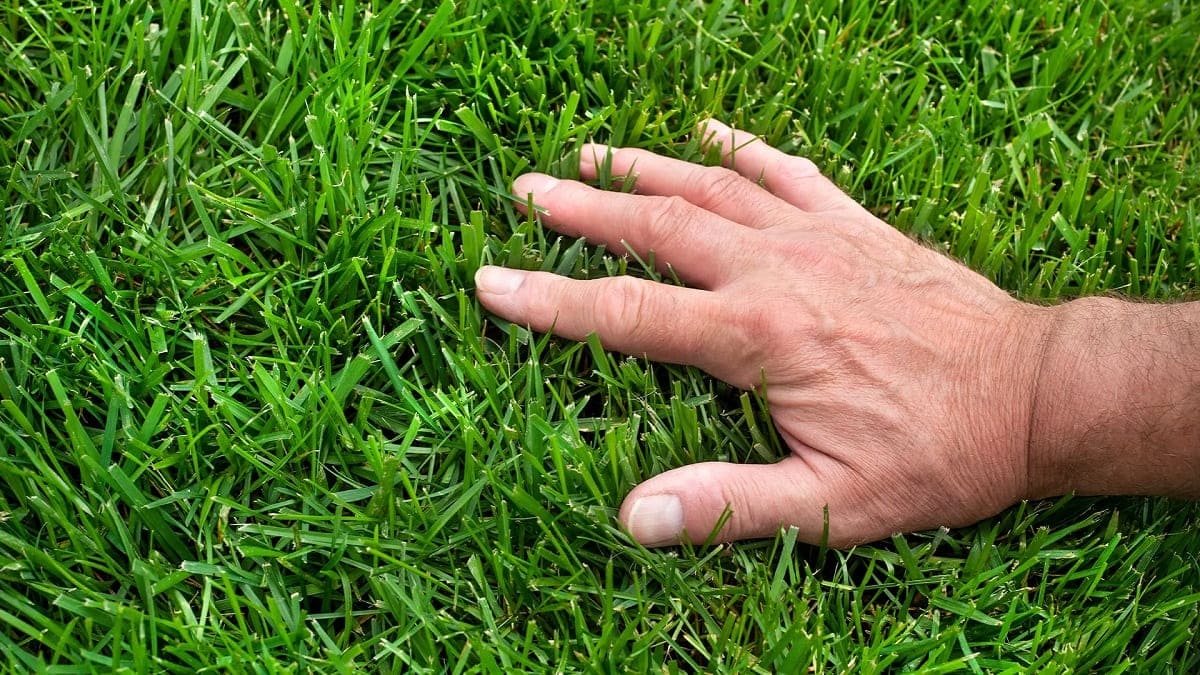
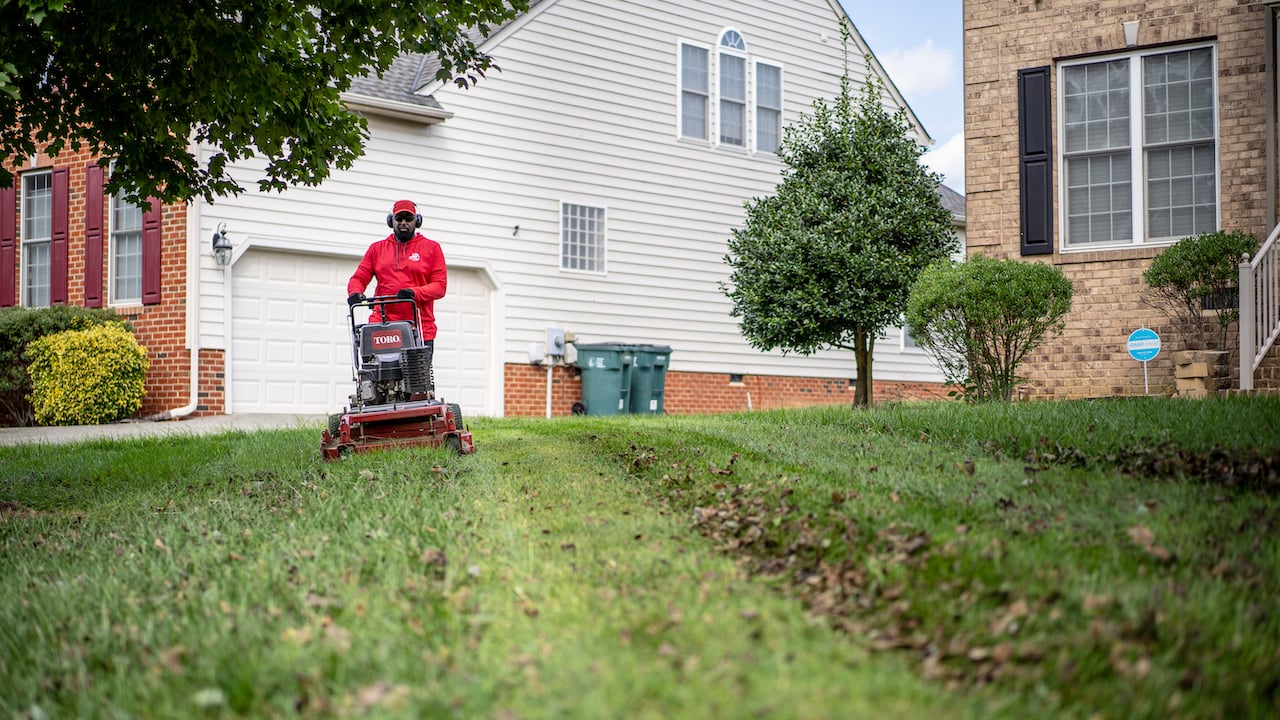
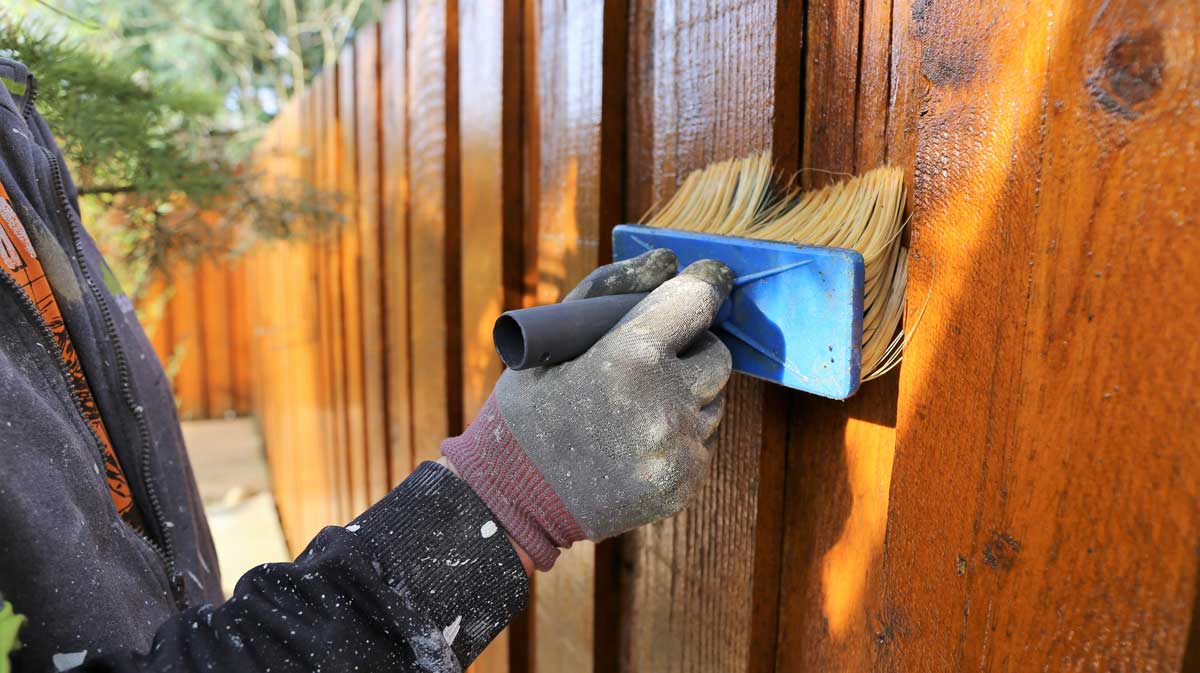

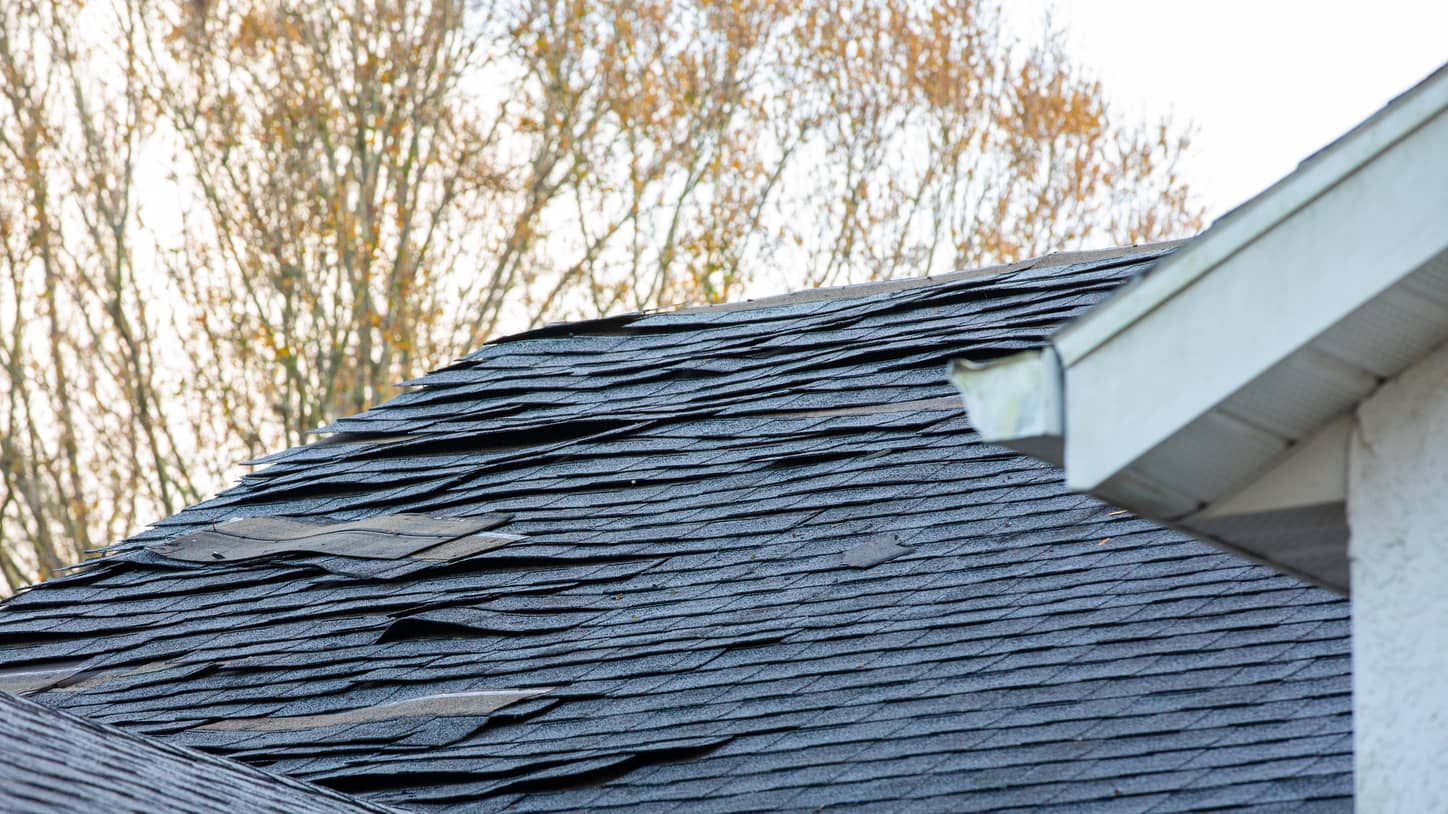

0 thoughts on “How Often To Do Lawn Care”